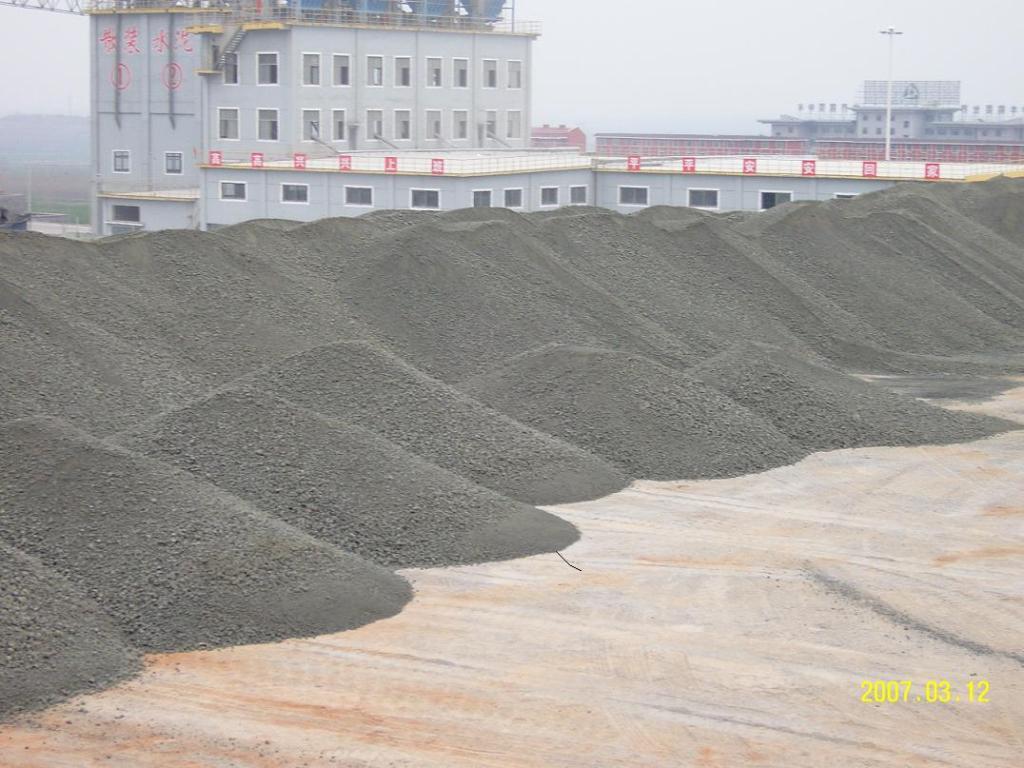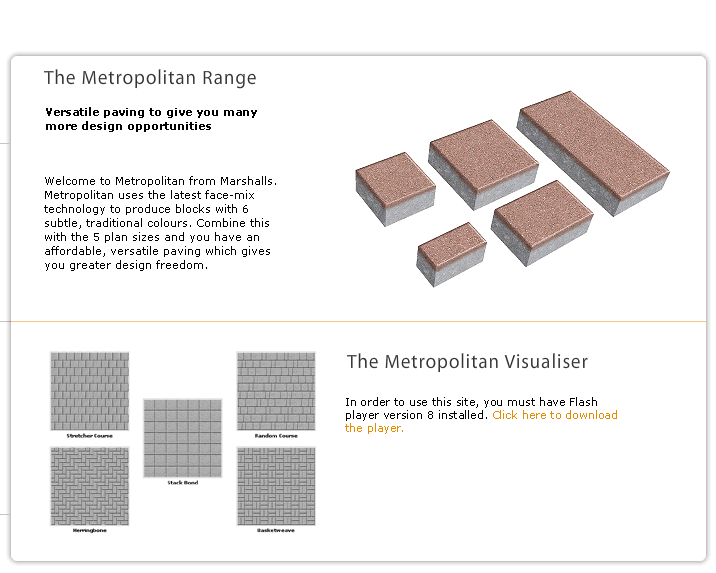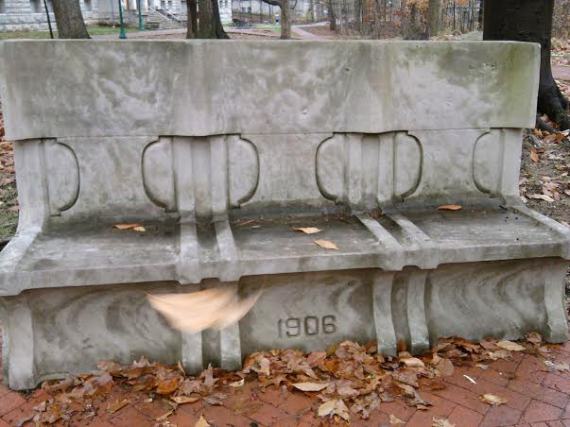Demystifying Concrete - Part 2
In recent years, concrete has come under some very close scrutiny in terms of its environmental credentials. Concrete production in fact has a low environmental impact but it is currently manufactured in such enormous quantities that its overall footprint is vast, and world cement production is said to contribute 5-7% of annual man-made CO2 production, China alone apparently being responsible for some 3%.
Credit: Objectif
Most modern concretes make use of Portland cement, and it’s the energy demanding process of baking limestone (to temperatures around 3,400°F), and grinding it to a powder, that is ultimately responsible for the environmental footprint of concrete. It’s reckoned that the production of every tonne of cement emits 800-1000kg of CO2, much of that brought about by the chemical decomposition of the limestone itself. However, the cement industry is committed to reducing its environmental impact and considerable R&D is ongoing into aspects that will improve energy efficiency and reduce the demand on virgin resources. We must also remember that although cement itself is highly energy intensive, it is also the smallest constituent of concrete, and the most common aggregates are sand and gravel, which require minimal processing and are locally available throughout the world.
Reducing the impact of concrete manufacture
There is a current focus on the means of reducing the environmental impact of concrete, and the following are all examples:
- The simplest approach to reducing CO2 emissions is to minimise the amount of cementitious material in conventional mix designs; judicious monitoring can allow a reasonable reduction with no detriment to the finished product
- Substitution of some (or perhaps ultimately all) of the cement content with recycled, or secondary aggregate alternatives has seen beneficial end results where waste materials, such as recycled slag (from blast furnaces) and pulverised fuel ash (from coal-fired power stations), are commonly used as replacements
- Today’s precast concrete products, such as paving, cladding or furniture, are manufactured in a factory setting where strict quality controls assure extremely high standards of finish, colour and dimension with minimal waste
- The development of particularly strong concrete mixes - high, or ultra high, performance concretes (HPC/UHPC) – is leading to a lower embodied energy since less concrete mass (up to 40%) is required to do the same job
- Minimising, or entirely eliminating, the need for steel reinforcement through the inclusion of fibres in UHPC products means that they are no longer susceptible to chloride ingress (from deicing salts) and subsequent corrosion-induced deterioration; this means a longer service life and lower maintenance costs
- Embedding recycling activities throughout the entire manufacturing process: whether harvesting rainwater from the factory roof or crushing and reusing defective product to minimise waste and minimise what goes to landfill
- Face mix technology where more costly (and potentially scarcer) aggregates and pigments are used only in the top 10mm or so where visible after installation, enabling a higher element of recycled content to be cast into the bulk of the product.
Ultimately, however, we shouldn’t forget that the long term strength and durability of concrete is of utmost importance and such innovation does not come without risk. Quality assurance relies, to some extent, on a recipe that is as old as Ancient Egypt, and requires a balance to be sought – of long term gain over short term pain. Correct specification is key – understanding the performance requirements for a particular project or product so that a concrete’s properties are not over-specified. These might be related to use, environment or intended design life, and all play an important part in the decision making process.
We shouldn’t lose sight of the fact that concrete is an inherently sustainable material and many of its applications are constantly being enhanced through the introduction of ever more complex developments. Simple choices, for instance the specification of stainless steel rebar, will ensure additional longevity since the concrete will not deteriorate should water or salt penetrate: particularly important if damage occurs and reduces the original cover over the reinforcement. Innovative materials such as SCC and UHPC have unique physical and mechanical properties that make them particularly sustainable since long design life and minimal maintenance mean considerably reduced life cycle costs for products.
Above all else, the most important benefit of concrete is its durability and, where design life can be as high as 100 years, its associated environmental footprint is incredibly tiny when a lifetime in use is taken into account. So, in our imperfect world, if we minimise manufacturing impact by using high-tech materials and processes, whilst designing products that will stand the test of time and not fall out of vogue, then we may be able to say that the colour of concrete is ... green.





